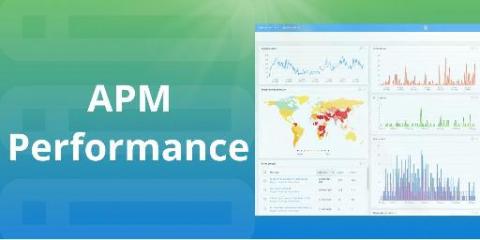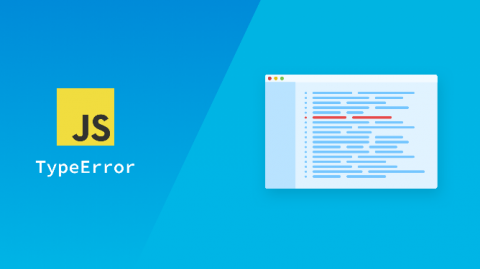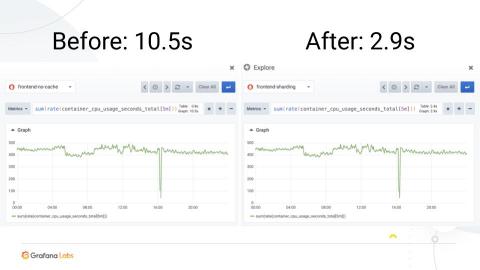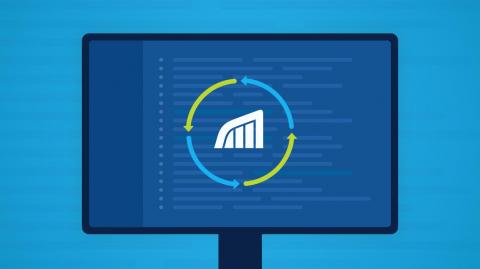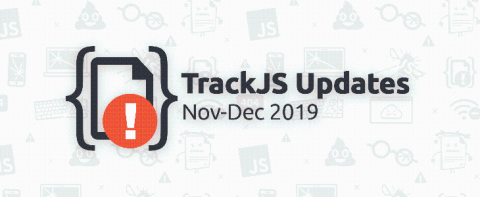Raygun APM: Our commitment to performance
Ever since the public release of Raygun APM for .NET, we’ve been busy at work to make this the best APM product on the market that provides meaningful data to developers, making debugging and troubleshooting much easier. Every APM product out there will incur some level of performance penalty since you cannot observe a process at zero cost.


